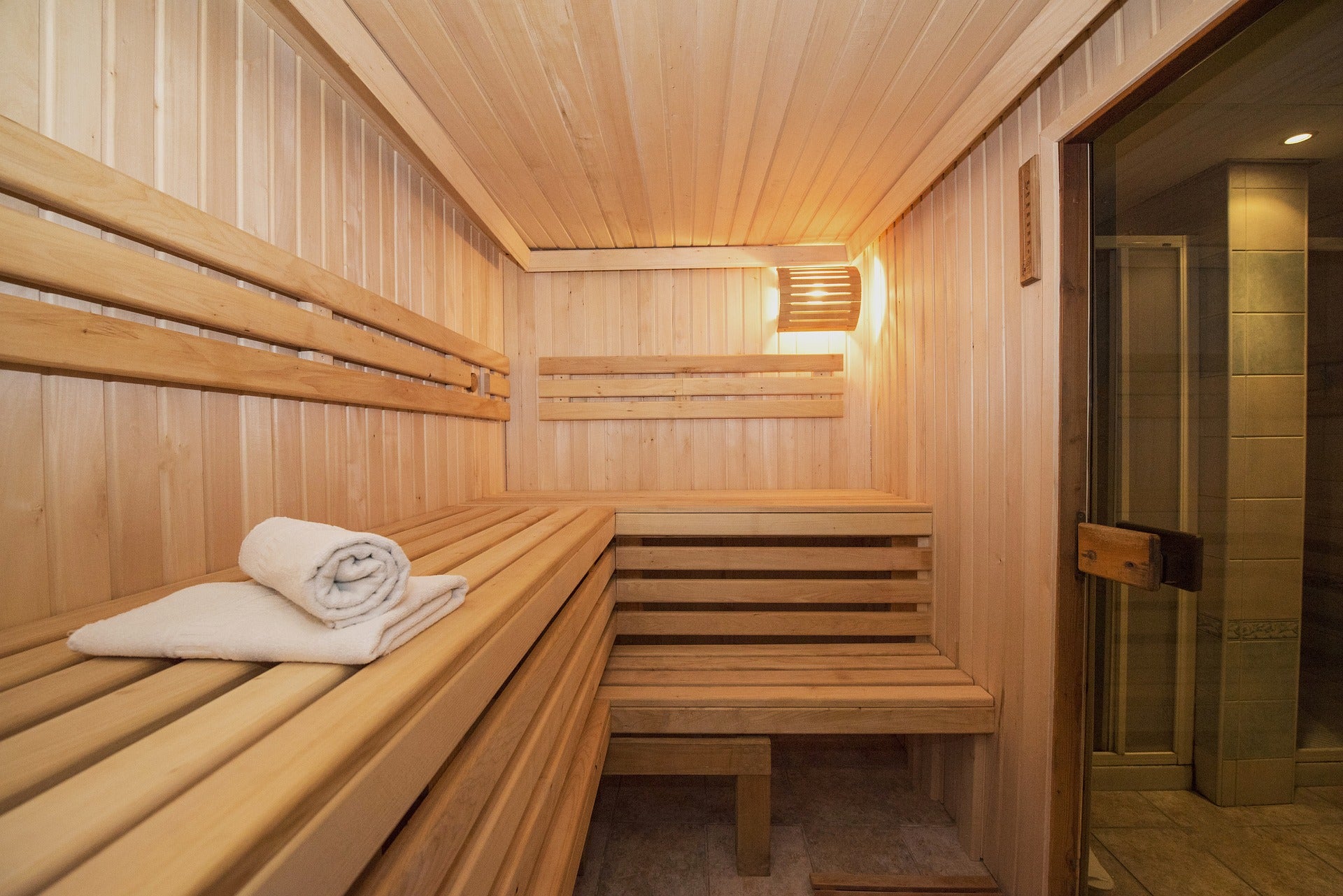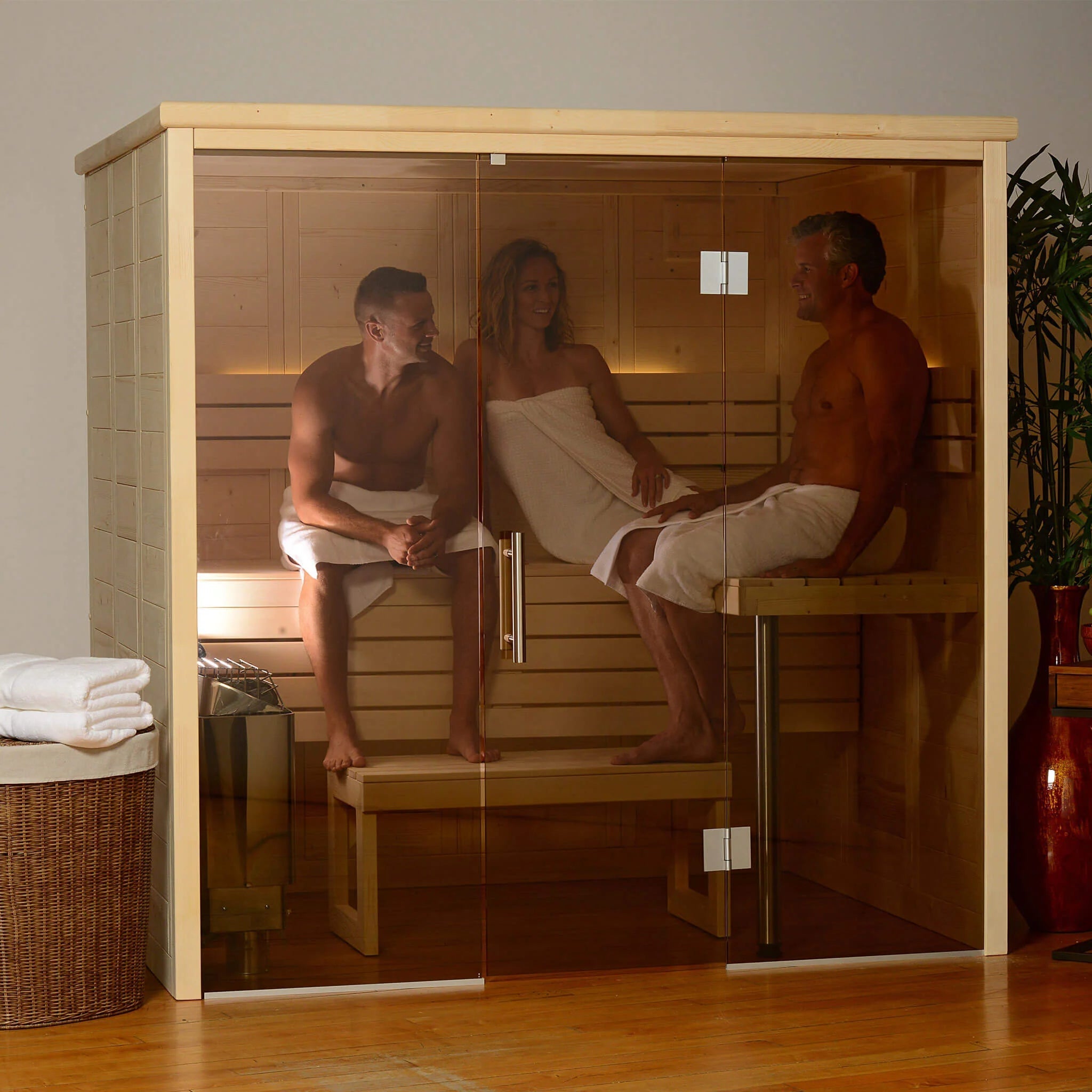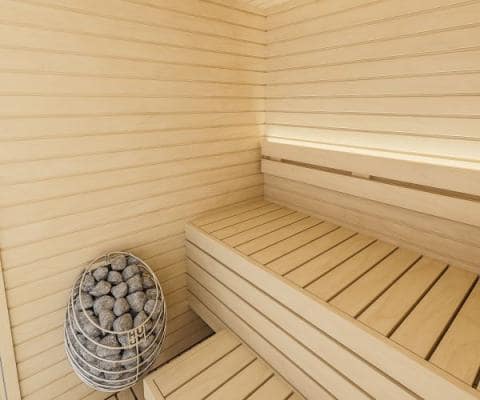Some Known Questions About Traditional Sauna.
Some Known Questions About Traditional Sauna.
Blog Article
All about Traditional Sauna
Table of ContentsOur Traditional Sauna StatementsTraditional Sauna for BeginnersHow Traditional Sauna can Save You Time, Stress, and Money.The Ultimate Guide To Traditional SaunaThe Ultimate Guide To Traditional Sauna
Many of the weight shed in a sauna is water loss and is re-gained upon rehydrating. Without an uncertainty sauna can be an important component of a healthy weight loss program. To consider the distinctions in between conventional and IR saunas, I will divide these into proven, academic, and produced distinctions.Thus, the hottest factor in the saunawhich goes to the ceiling straight over the sauna heateris typically between 185 and 190 F. Claims that a standard sauna goes beyond 200 F is just not true and not suitable for electrical saunas sold in the United States. The temperature level for a far-infrared sauna is usually established in between 120 and 140 F; nonetheless, unlike the conventional sauna, the goal in and IR room is not to achieve a high temperature level.

When a standard sauna has been effectively warmed, the sauna walls are warm, the air temperature level has attained established temperature and the rocks are very heated. As an intriguing side note, the warmed walls and the rocks are giving off far-infrared warm, incorporated with the warmed air, to create an "wrapping up warm".
Facts About Traditional Sauna Uncovered
When the high temperature is attained, the aspects cycle on and off to maintain the heat. Most typical sauna users enjoy pouring water over the rocks to develop steam to raise sauna moisture degrees. The benefits of putting water over the rocks include: making the space extra comfortable, dampening the nasal passages, and enabling the use of aromatherapy by mixing vital oils with the water.

When the power goes into the body, it creates the body temperature level to increase and eventually leads to sweat. In an infrared read what he said sauna it is necessary for the emitters/heaters to continue to be on almost frequently. Since there is no mass of rocks to maintain warmth, the sauna will cool if the emitters shut down.
Some Known Factual Statements About Traditional Sauna
As stated over, the sauna bather in an infrared space intends to position himself before running emitters to obtain maximum benefit from the heat. The heating time for the 2 spaces can be extremely various, depending on just how the rooms are utilized. For a conventional sauna, a bather must enable 30-40 mins for the area to accomplish a wanted temperature level and to effectively pre-heat the rocks.

A well built sauna will commonly achieve a temperature of 150-160 F in concerning 30-40 minutes. For hotter temperature levels, the room might need to warmth for a longer period.
To some, 15 minutes was "squandered" while the infrared power heated the wood panels instead of heating up a body, while others locate a pre-heated space to be extra comfy and believe a raised beginning temperature level is required to start perspiring. The length of suggested usage for each room is around the exact same (10-15 minutes per session); however, because of the reduced air temperatures and the capacity to feel the results of infrared heat much faster than a typical sauna, it is not uncommon for a person to invest an overall of 20-30 minutes in an infrared sauna.
Traditional Sauna Things To Know Before You Get This

The average price per kWH of power in the U.S. is around $0.11, so a 4.5 kW heating unit will certainly set you back roughly $.50 to run for one hour, if the heating system runs continually for one hour. Usually a sauna heater will compete 75% of the very first hour and 50% of subsequent hours on since the components cycle once the set temperature is achieved.
A two individual far-infrared room is generally physically smaller sized than a standard sauna, usually regarding 4' x 4' or smaller. The IR heating unit is generally 1.5-1.7 kW making use of a 120 volt 15 amp plug-in service. Since the space can be used faster than a sauna space, we will assume the area is used for to of an hour including warm up time.
There is a hardly ever gone over difference in the social experience between the two spaces. While our culture has lost several of the social benefit of the traditional sauna experience, it can be really socially rewarding (Traditional Sauna). From household time in the sauna, to heart-felt discussions with loved ones, to sauna partiesthe standard sauna experience can bring about intimate socializing
Traditional Sauna Can Be Fun For Everyone
Most greater end infrared rooms consist of colored light therapy, audio systems and full-glass fronts.
Report this page